Home>Home Appliances>Cleaning Appliances>How Often Should You Change A Mop Head
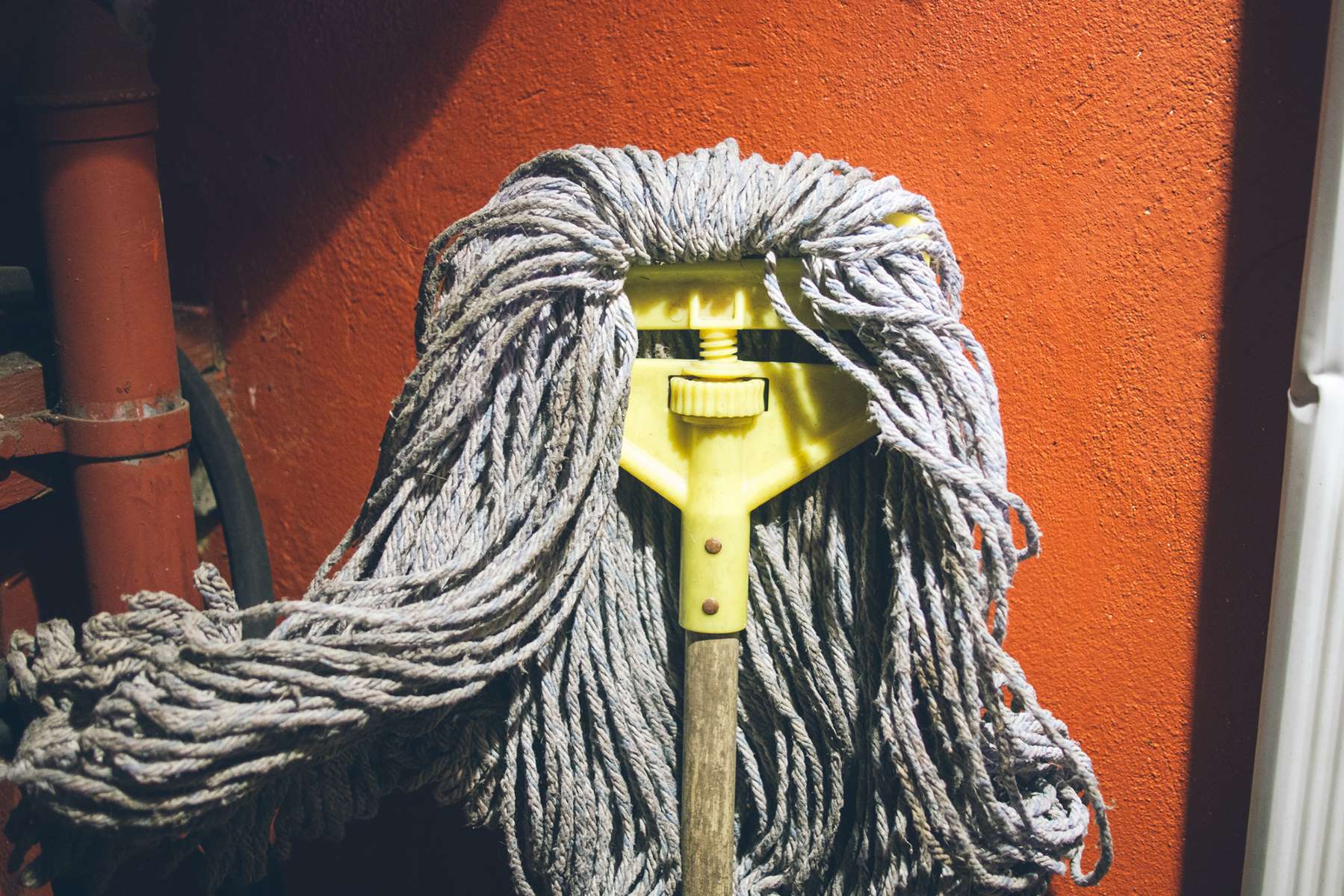

Cleaning Appliances
How Often Should You Change A Mop Head
Modified: May 6, 2024
Discover the best practices for maintaining your cleaning appliances. Learn how often to change a mop head for optimal cleanliness and efficiency. Helpful tips for keeping your home spotless.
(Many of the links in this article redirect to a specific reviewed product. Your purchase of these products through affiliate links helps to generate commission for Storables.com, at no extra cost. Learn more)
Introduction
Maintaining a clean and hygienic living environment is a top priority for many individuals and families. When it comes to keeping floors sparkling and free of dust, dirt, and spills, a reliable mop is an essential tool. However, ensuring that your mop is effectively cleaning your floors requires more than just regular use. It's crucial to consider the condition of the mop head and its potential impact on cleaning performance.
In this comprehensive guide, we will delve into the factors to consider when determining how often you should change a mop head. By understanding the various types of mop heads, the frequency of use, and the signs of wear and tear, you can optimize your cleaning routine and maintain a fresh and efficient mop for pristine floors. Let's explore the world of mop maintenance and discover the best practices for keeping your living spaces spotless.
Key Takeaways:
- Keep your floors clean by changing your mop head based on factors like flooring type, cleaning frequency, and material. Choose the right type of mop head for optimal cleaning efficiency and longevity.
- Watch for signs of wear and tear on your mop head, such as loss of absorbency, frayed fibers, odors, and stains. Replace the mop head promptly to maintain effective cleaning and extend its lifespan.
Factors to Consider
When contemplating how often to change a mop head, several factors come into play. The type of flooring in your home or business, the frequency of cleaning, and the materials comprising the mop head all influence the decision-making process.
Type of Flooring: The type of flooring you have can significantly impact the wear and tear on your mop head. For example, rough surfaces such as textured tiles or concrete can cause more rapid deterioration of the mop fibers compared to smoother surfaces like hardwood or linoleum.
Frequency of Cleaning: How often you clean your floors is a key factor in determining the lifespan of your mop head. High-traffic areas or spaces prone to spills and stains may require more frequent mopping, leading to quicker wear and tear on the mop head.
Mop Head Material: The material of the mop head plays a crucial role in its durability and longevity. Mop heads are commonly made from materials such as cotton, microfiber, or synthetic blends. Each material has unique properties that affect its cleaning performance and lifespan.
By taking these factors into account, you can make an informed decision about when to replace your mop head, ensuring optimal cleaning results and prolonging the life of your cleaning equipment.
Types of Mop Heads
Understanding the various types of mop heads available can aid in determining the most suitable option for your cleaning needs. Different mop heads offer distinct advantages in terms of cleaning efficiency, durability, and versatility.
Cotton Mop Heads: Traditional cotton mop heads are absorbent and adept at tackling spills and general floor cleaning. They are often machine washable, making them a cost-effective and eco-friendly choice. However, cotton mop heads may wear out more quickly than other materials, requiring more frequent replacement.
Microfiber Mop Heads: Microfiber mop heads are lauded for their exceptional cleaning capabilities. The ultra-fine fibers effectively trap dust, dirt, and debris, providing a thorough and streak-free clean. These mop heads are durable and can withstand numerous washings, offering a longer lifespan compared to traditional cotton mop heads.
Synthetic Blend Mop Heads: Mop heads crafted from synthetic blends combine the benefits of various materials, such as increased absorbency and durability. They are designed to withstand heavy use and frequent laundering, making them an excellent choice for commercial cleaning settings.
Each type of mop head has its own set of advantages and considerations, and selecting the most suitable option depends on your specific cleaning requirements and preferences. By choosing the right mop head for the job, you can optimize cleaning efficiency and prolong the life of your cleaning equipment.
It is recommended to change a mop head every 3-6 months, or sooner if it becomes worn or starts to smell. Regularly changing the mop head helps maintain cleanliness and prevent the spread of bacteria and germs.
Frequency of Use
The frequency with which you use your mop directly impacts the lifespan of the mop head. Determining how often to change a mop head involves considering the regularity of your cleaning routine and the intensity of use.
Residential Settings: In a typical household with moderate foot traffic, a mop head may last several months before showing signs of wear. However, if you have pets or young children, or if your home experiences frequent spills and messes, you may find yourself changing the mop head more often to maintain optimal cleaning performance.
Commercial Settings: In commercial or business environments, the frequency of mop head replacement varies based on the size of the space, the number of daily cleanings, and the type of flooring. High-traffic areas such as restaurants, retail stores, and healthcare facilities may require more frequent mop head changes to ensure effective cleaning and sanitation.
Ultimately, the frequency of use is a key factor in determining when to change a mop head. By assessing the demands placed on the mop head within your specific environment, you can establish a maintenance schedule that maximizes cleaning efficiency and promotes a hygienic and inviting space.
Signs of Wear and Tear
Recognizing the signs of wear and tear on a mop head is essential for maintaining effective cleaning results and prolonging the life of the mop. By being attentive to these indicators, you can determine when it’s time to replace the mop head and ensure that your floors receive the best possible care.
Loss of Absorbency: A noticeable decline in the mop head’s absorbency indicates that the fibers are becoming worn and less effective at picking up liquid and debris. If the mop is leaving excess moisture or residue on the floor, it may be time for a replacement.
Frayed or Tangled Fibers: Over time, the fibers of a mop head may become frayed, tangled, or matted, hindering its ability to effectively trap and remove dirt and grime. When the fibers lose their uniformity and begin to appear disheveled, it’s a clear sign that the mop head is due for a change.
Unpleasant Odors: Lingering odors emanating from the mop head, even after washing, can indicate a buildup of bacteria and contaminants within the fibers. This not only compromises cleaning efficacy but also poses potential hygiene concerns. If persistent odors persist despite thorough cleaning, it’s time to invest in a new mop head.
Visible Stains or Discoloration: Stains and discoloration on the mop head may indicate the presence of embedded dirt and grime that cannot be effectively removed through washing. These unsightly marks can transfer onto the floor during cleaning, necessitating a fresh mop head to maintain a pristine appearance.
By remaining vigilant for these telltale signs of wear and tear, you can ensure that your cleaning efforts yield optimal results and contribute to a healthy and inviting environment.
Read more: How To Change The Mop Head
Conclusion
Ensuring that your mop head is in optimal condition is essential for maintaining clean and hygienic living or working spaces. By considering factors such as the type of flooring, frequency of use, and the material of the mop head, you can make informed decisions about when to change the mop head, maximizing its effectiveness and longevity.
Understanding the various types of mop heads, including cotton, microfiber, and synthetic blends, allows you to select the most suitable option for your cleaning needs. Each type offers unique benefits in terms of durability, absorbency, and cleaning performance, empowering you to make a well-informed choice.
The frequency of use, whether in a residential or commercial setting, directly influences the lifespan of the mop head. By evaluating the demands placed on the mop head within your specific environment, you can establish a maintenance schedule that optimizes cleaning efficiency and promotes a hygienic and inviting space.
Recognizing the signs of wear and tear on a mop head, such as loss of absorbency, frayed fibers, unpleasant odors, and visible stains, is crucial for knowing when it’s time to replace the mop head. By promptly addressing these indicators, you can maintain effective cleaning results and extend the life of your cleaning equipment.
In conclusion, by understanding the factors that influence the lifespan of a mop head and being attentive to signs of wear and tear, you can ensure that your cleaning routine remains efficient and your living or working spaces stay impeccably clean. With the right knowledge and maintenance practices, you can make the most of your mop and enjoy sparkling, spotless floors for years to come.
Now that you're well-versed in keeping mop heads fresh, why not extend that care to your entire home? Home upkeep goes beyond daily cleaning; it encompasses regular checks and maintenance to ensure everything runs smoothly. From squeaky hinges to HVAC maintenance, don't miss out on our detailed guide that walks you through essential home upkeep tasks you shouldn't ignore. Keeping your living space in top shape is easier than you think, and we show you how!
Frequently Asked Questions about How Often Should You Change A Mop Head
Was this page helpful?
At Storables.com, we guarantee accurate and reliable information. Our content, validated by Expert Board Contributors, is crafted following stringent Editorial Policies. We're committed to providing you with well-researched, expert-backed insights for all your informational needs.
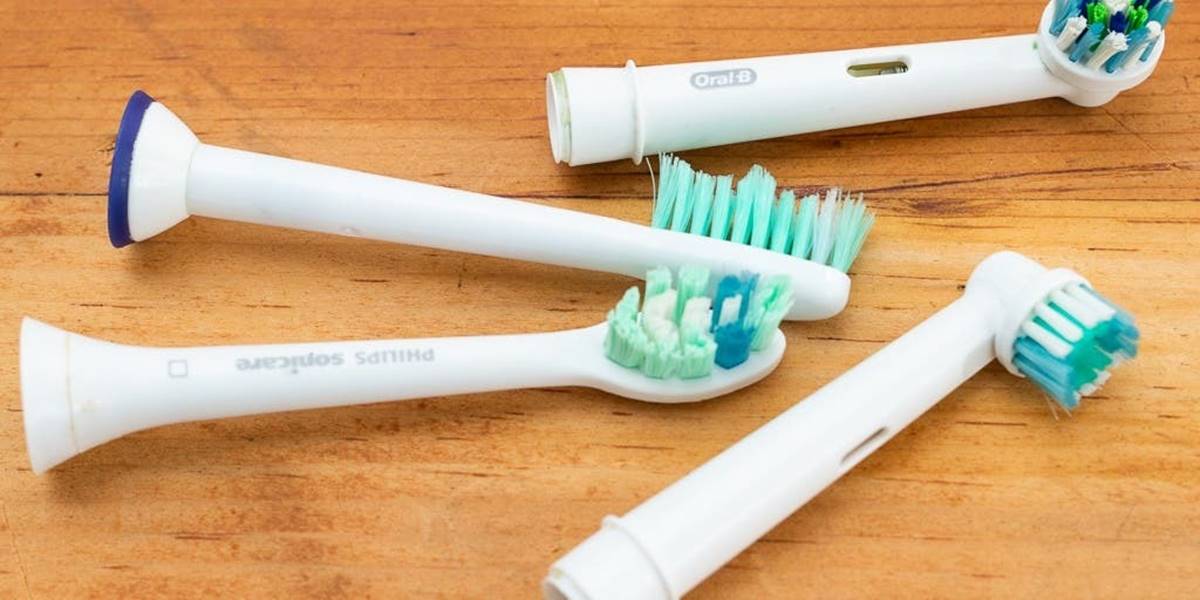
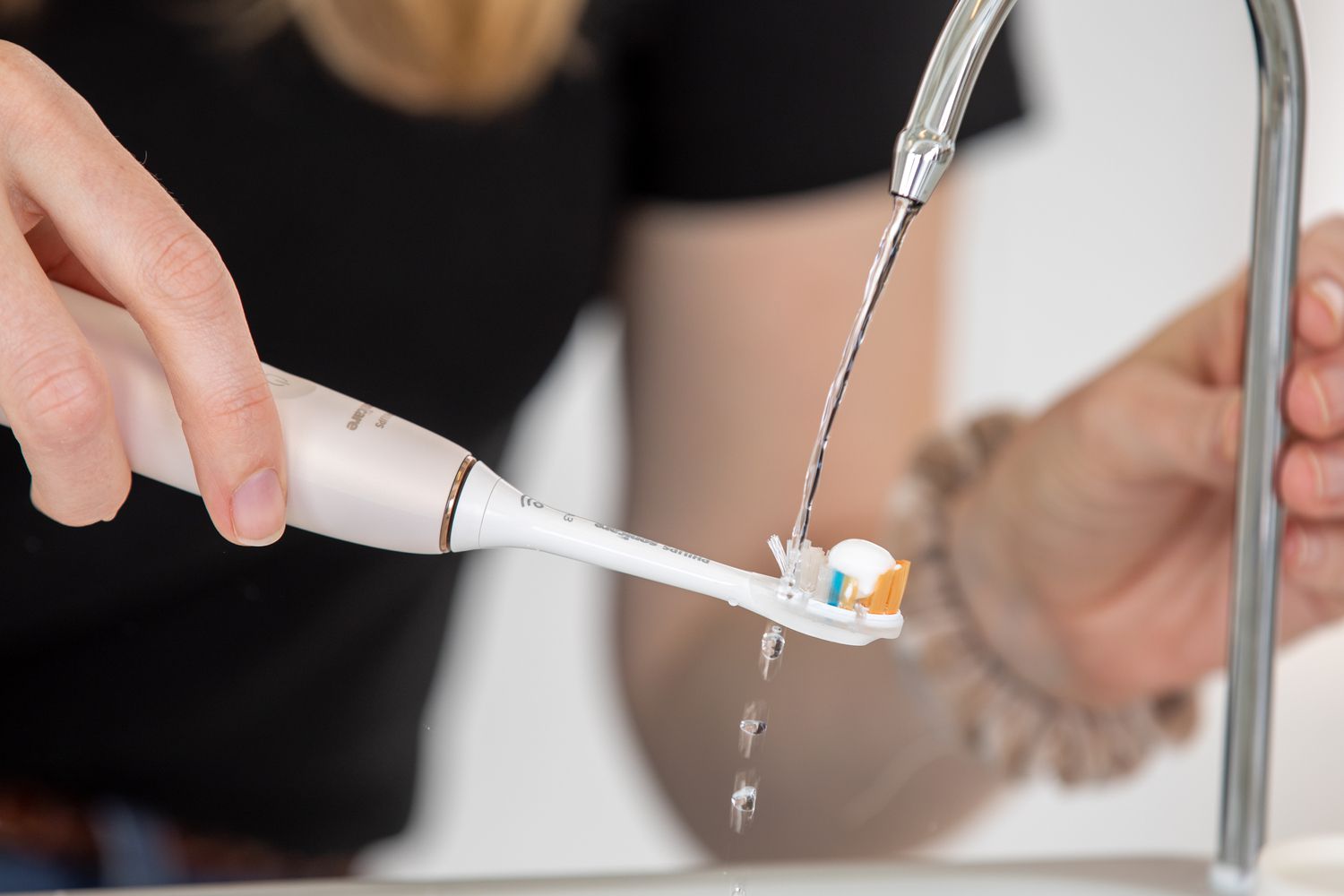
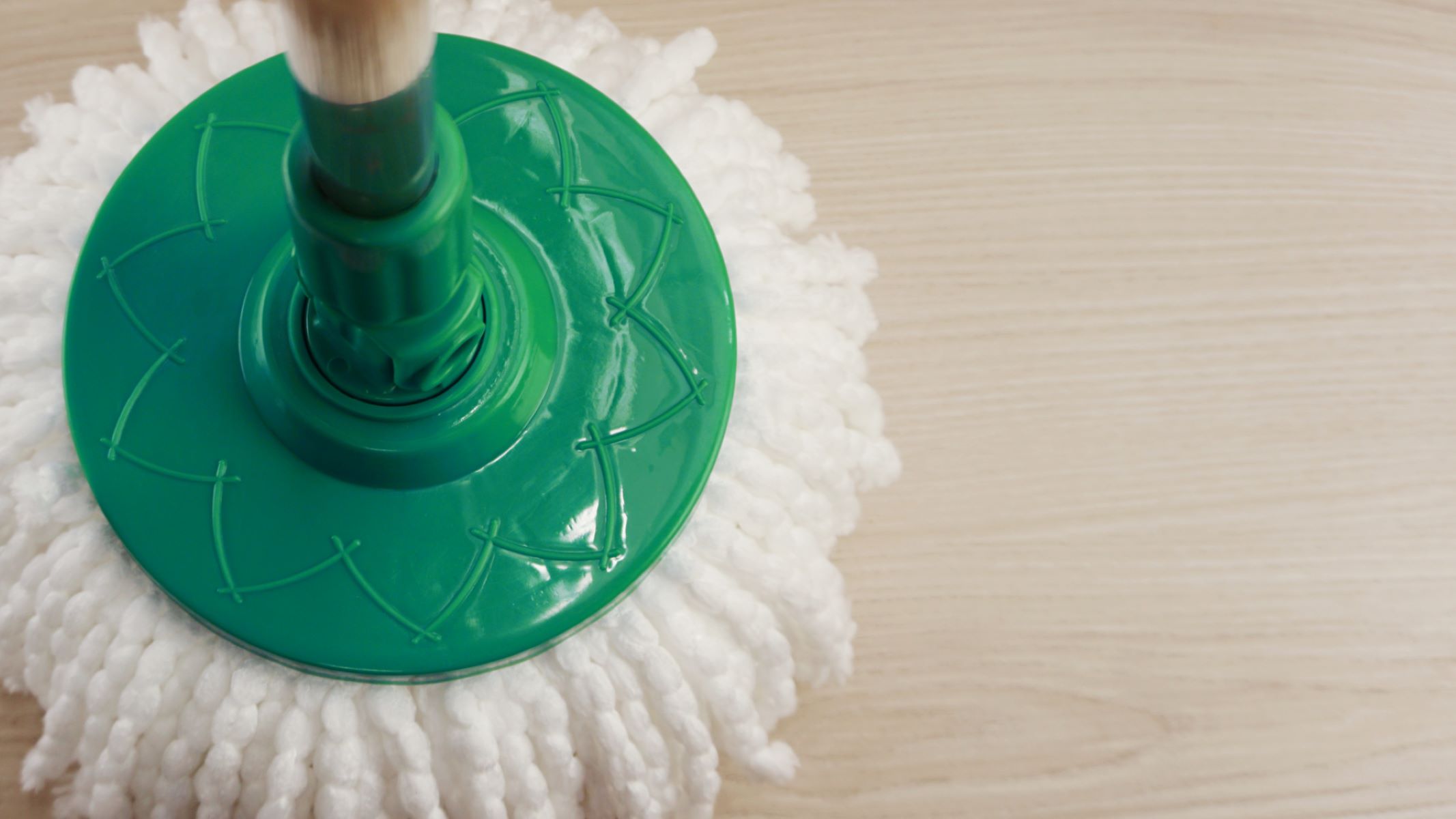
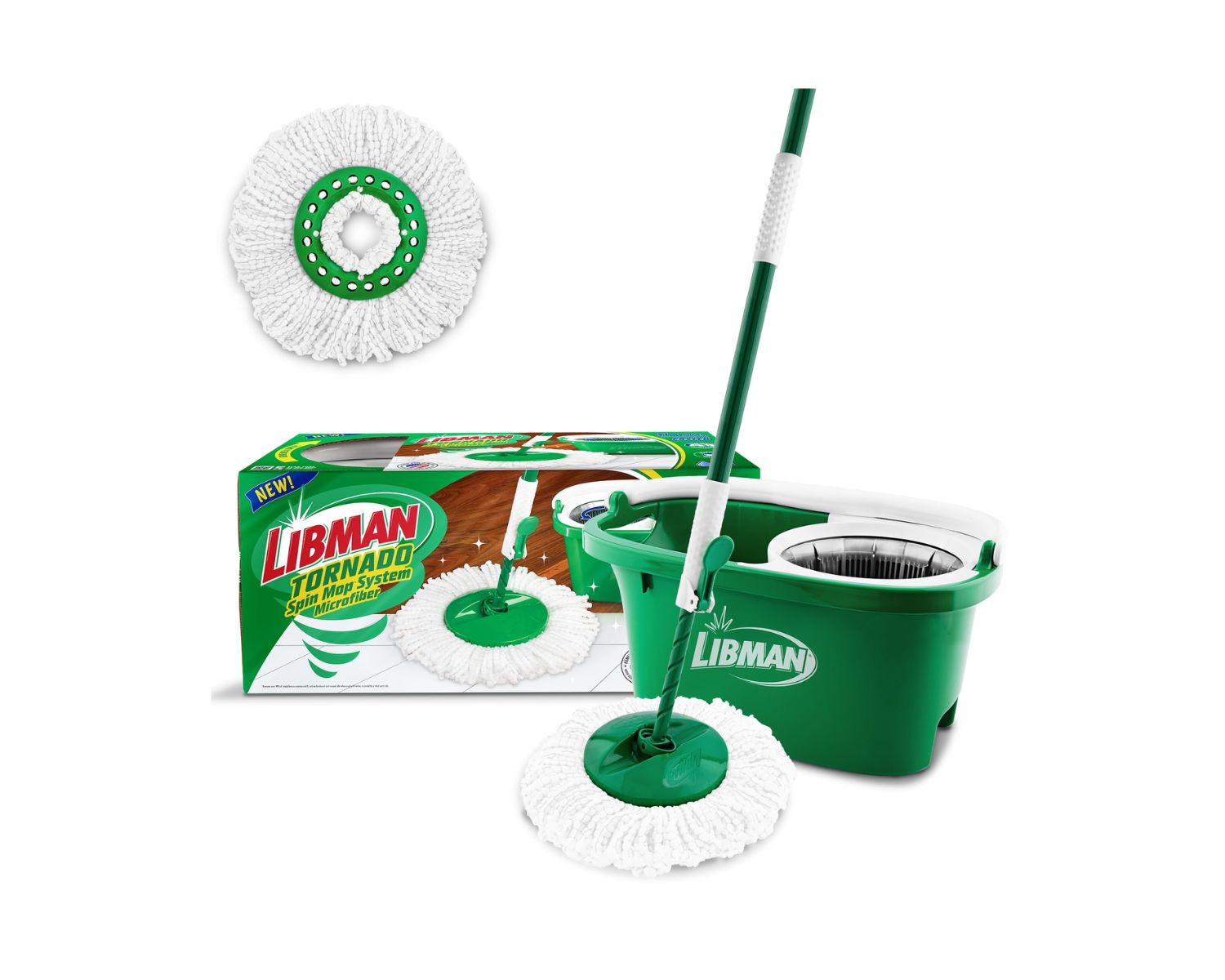
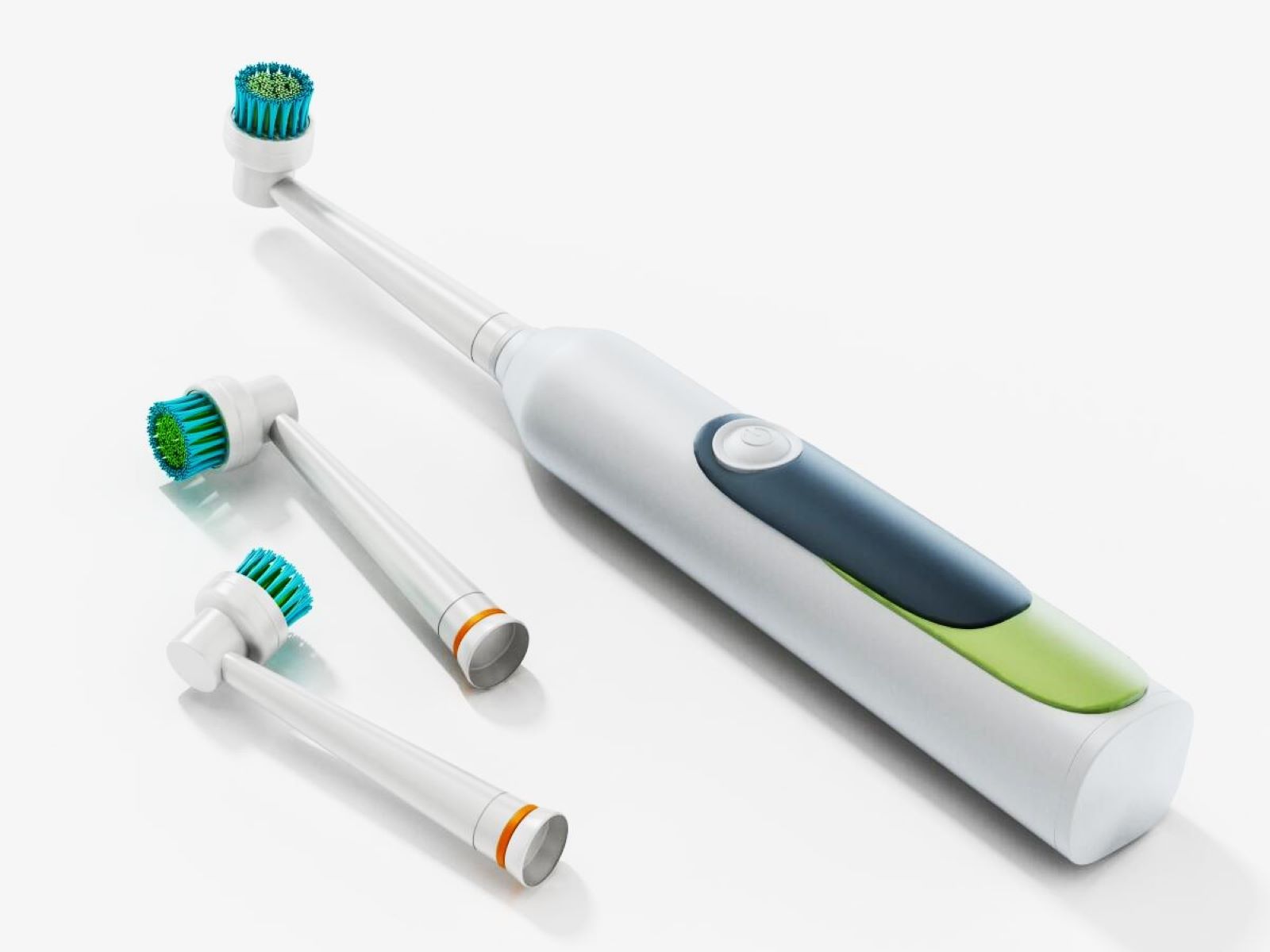
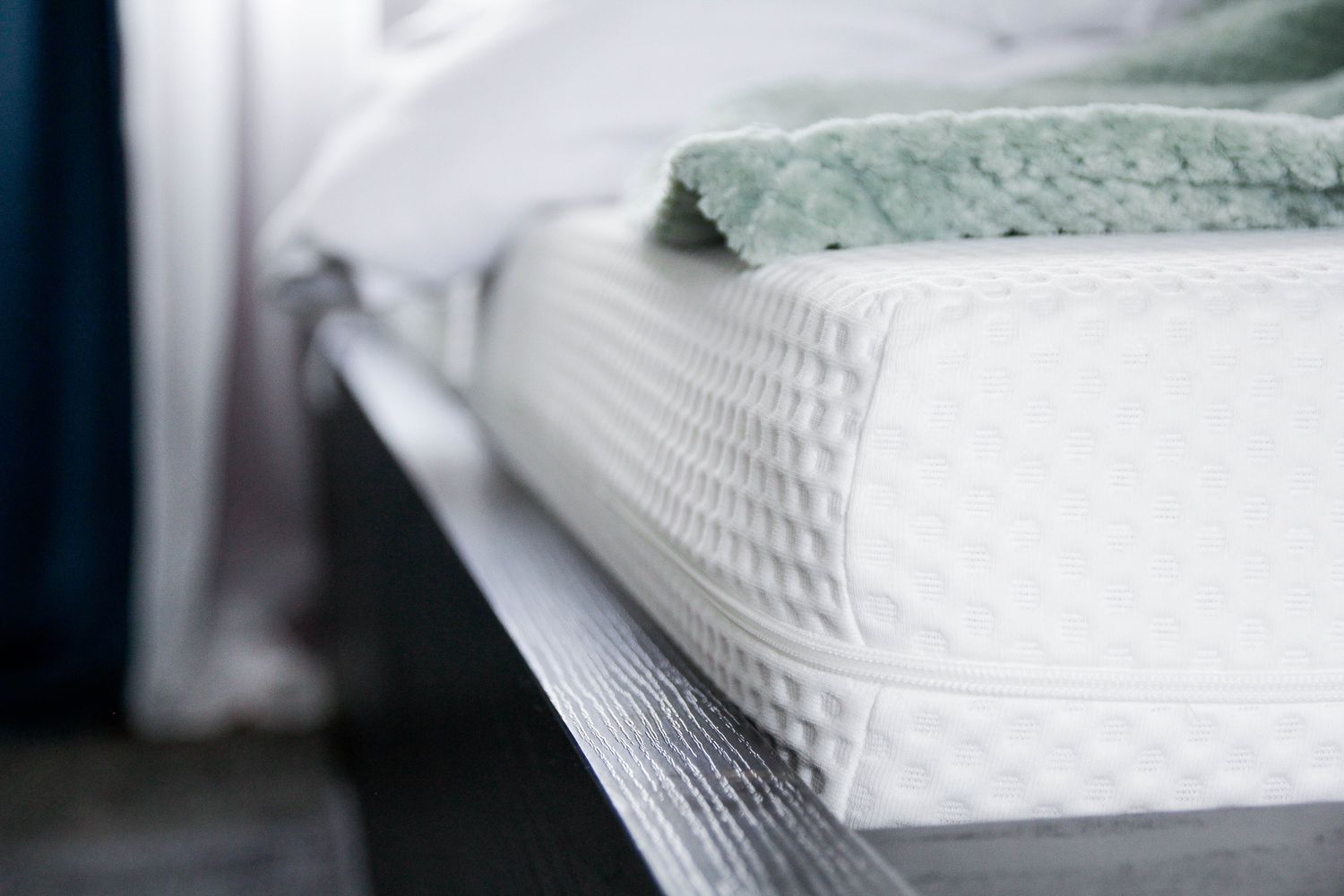
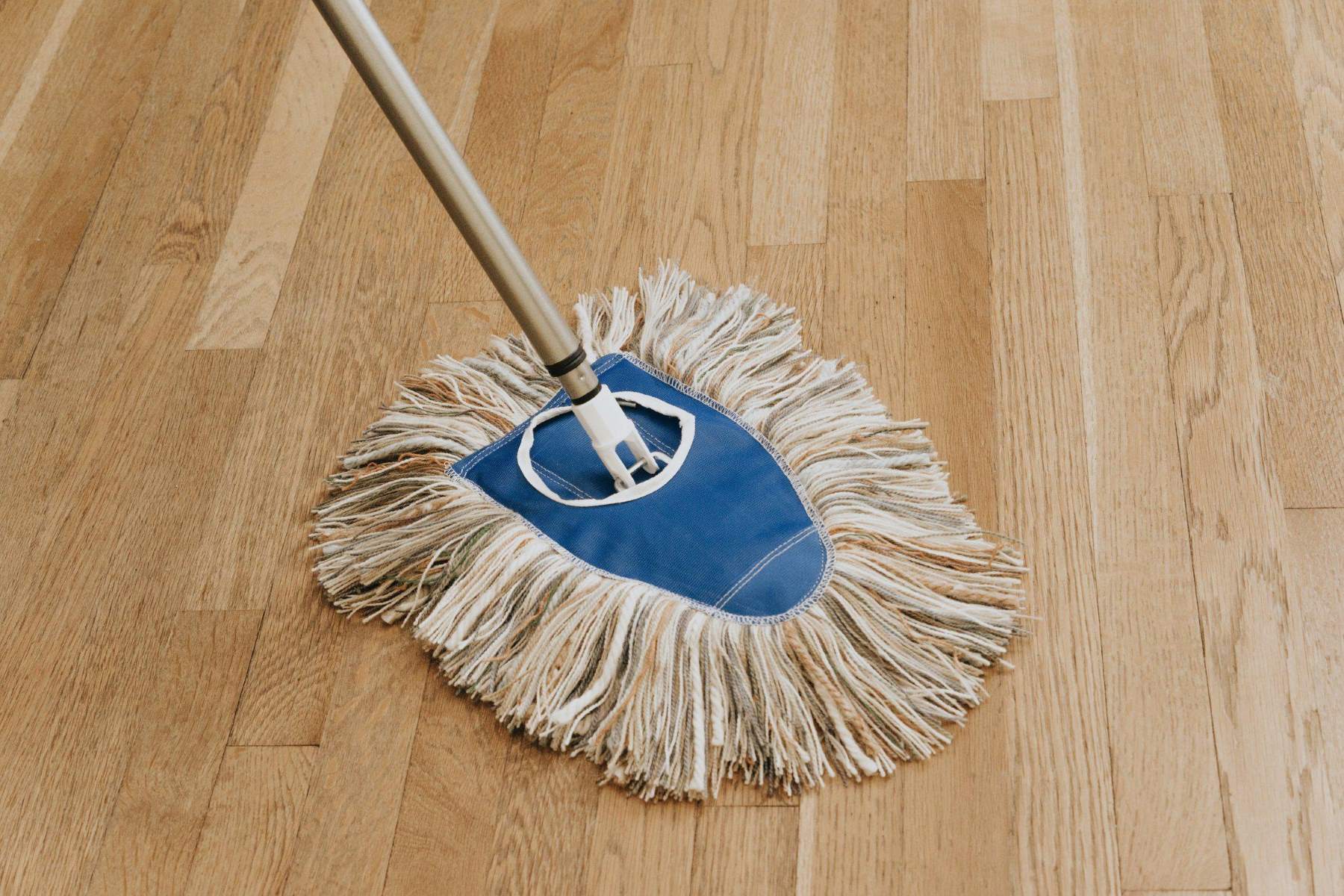
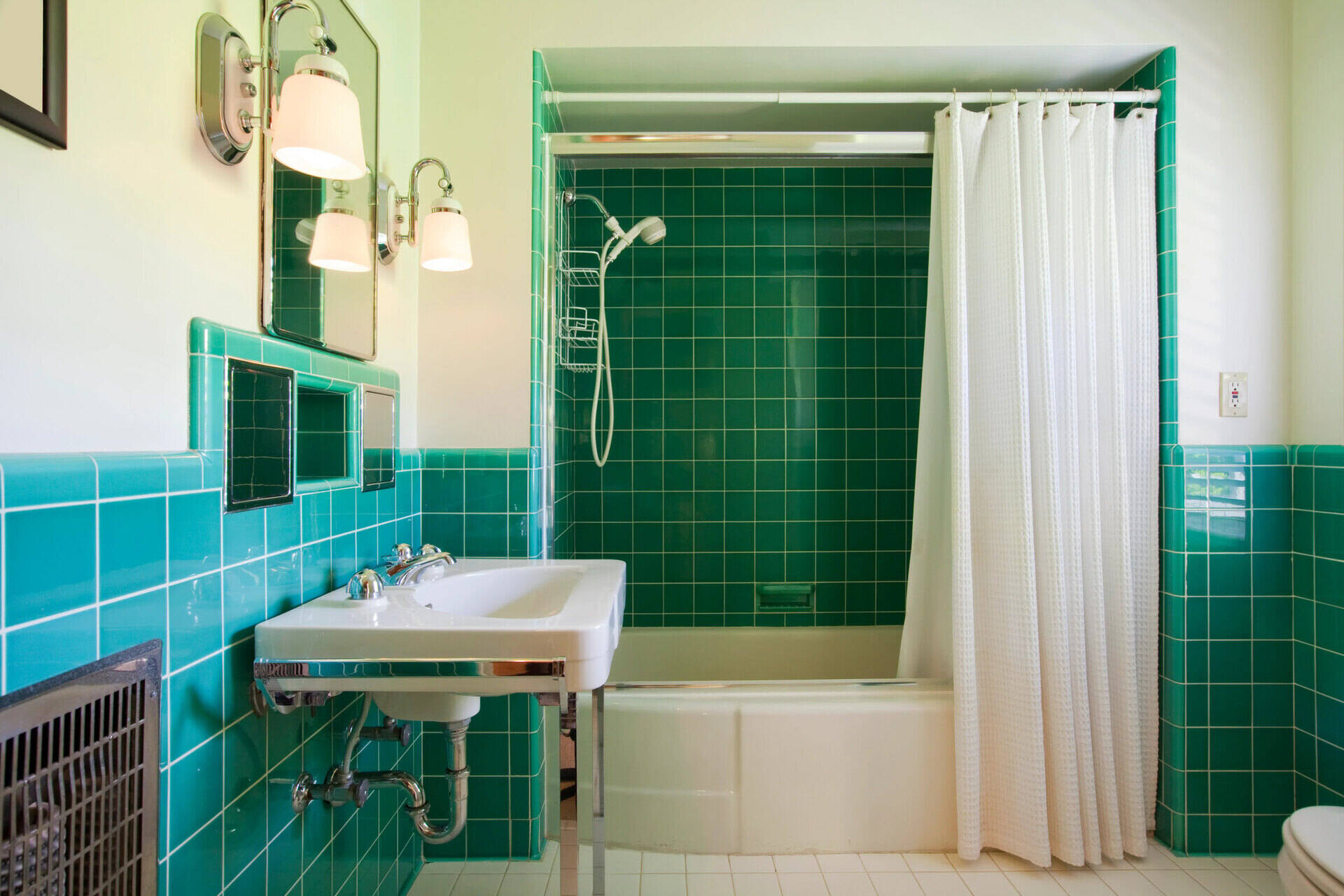
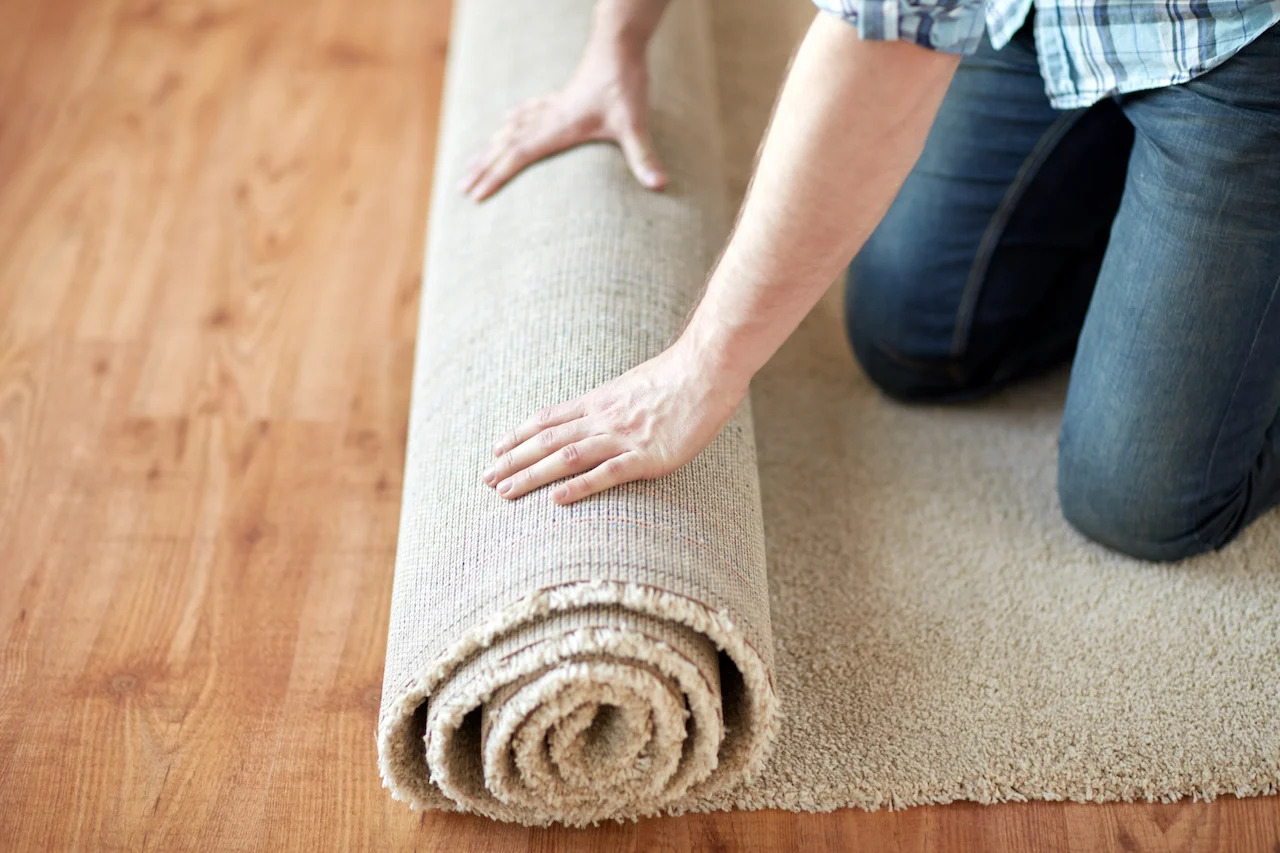

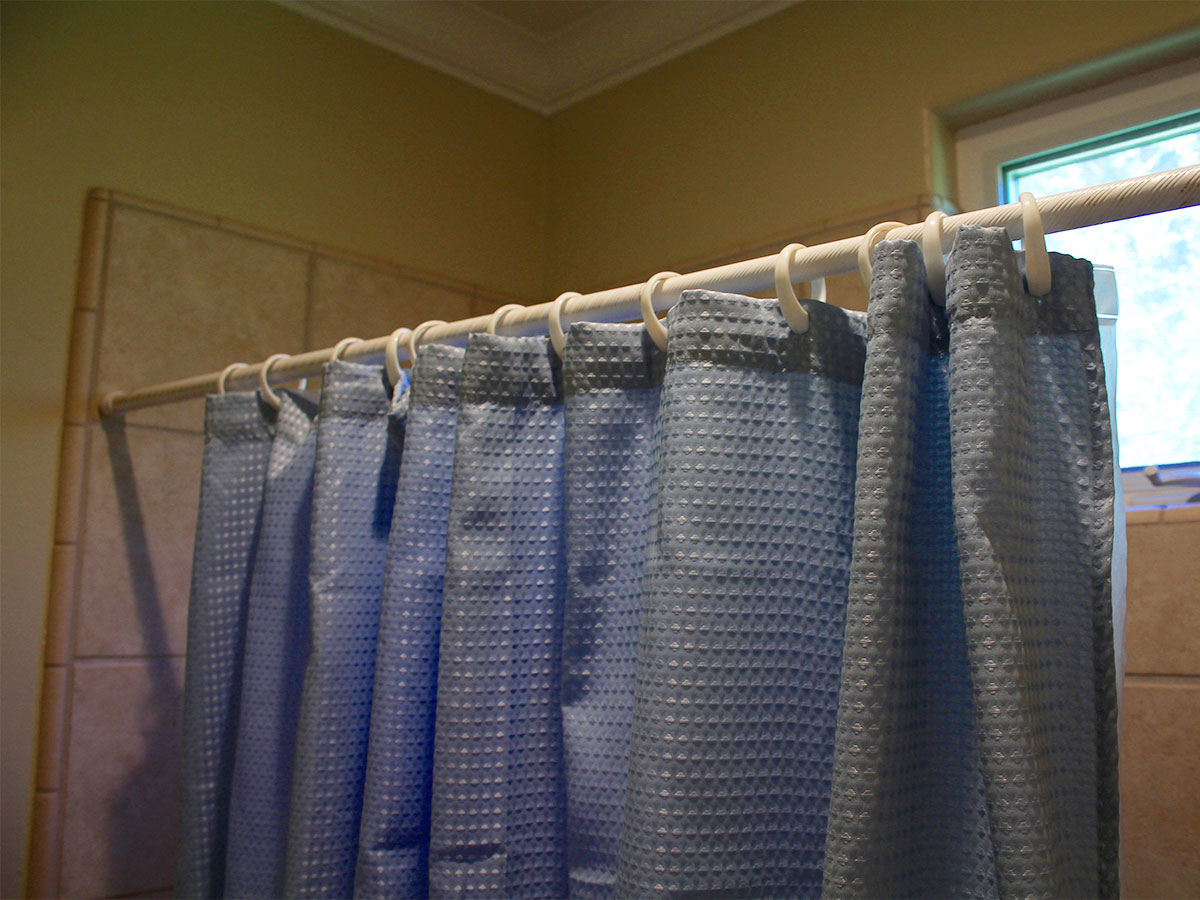
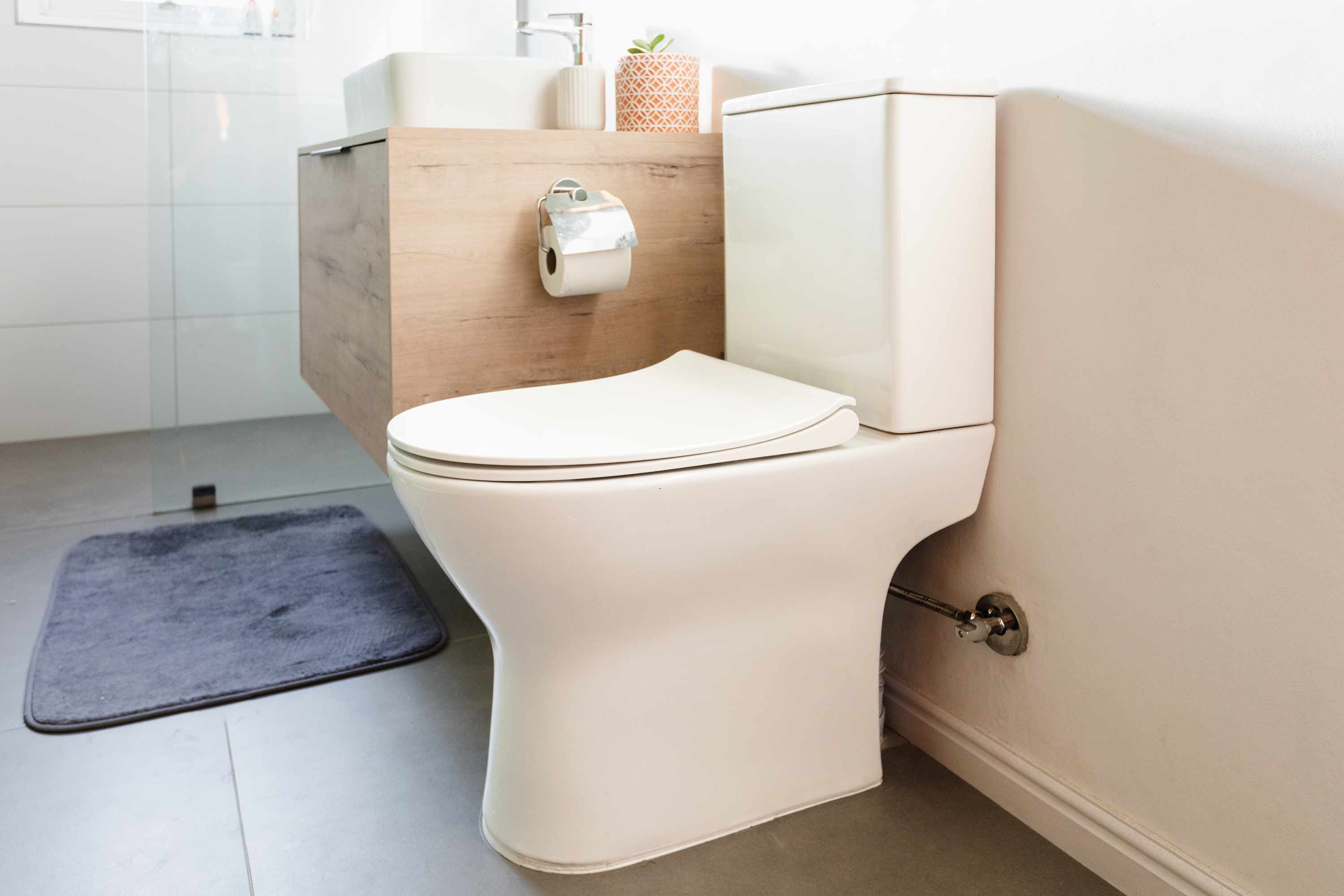
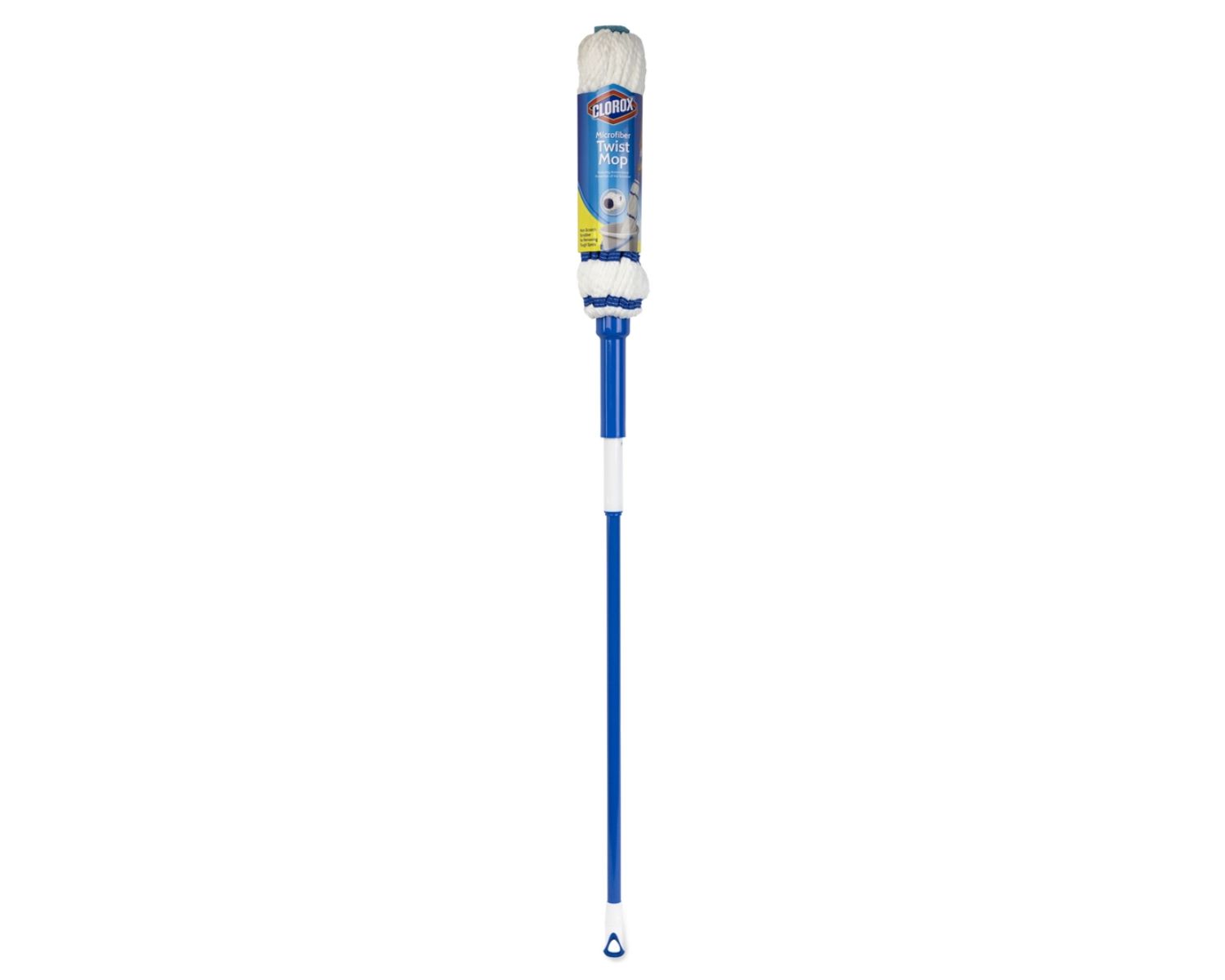
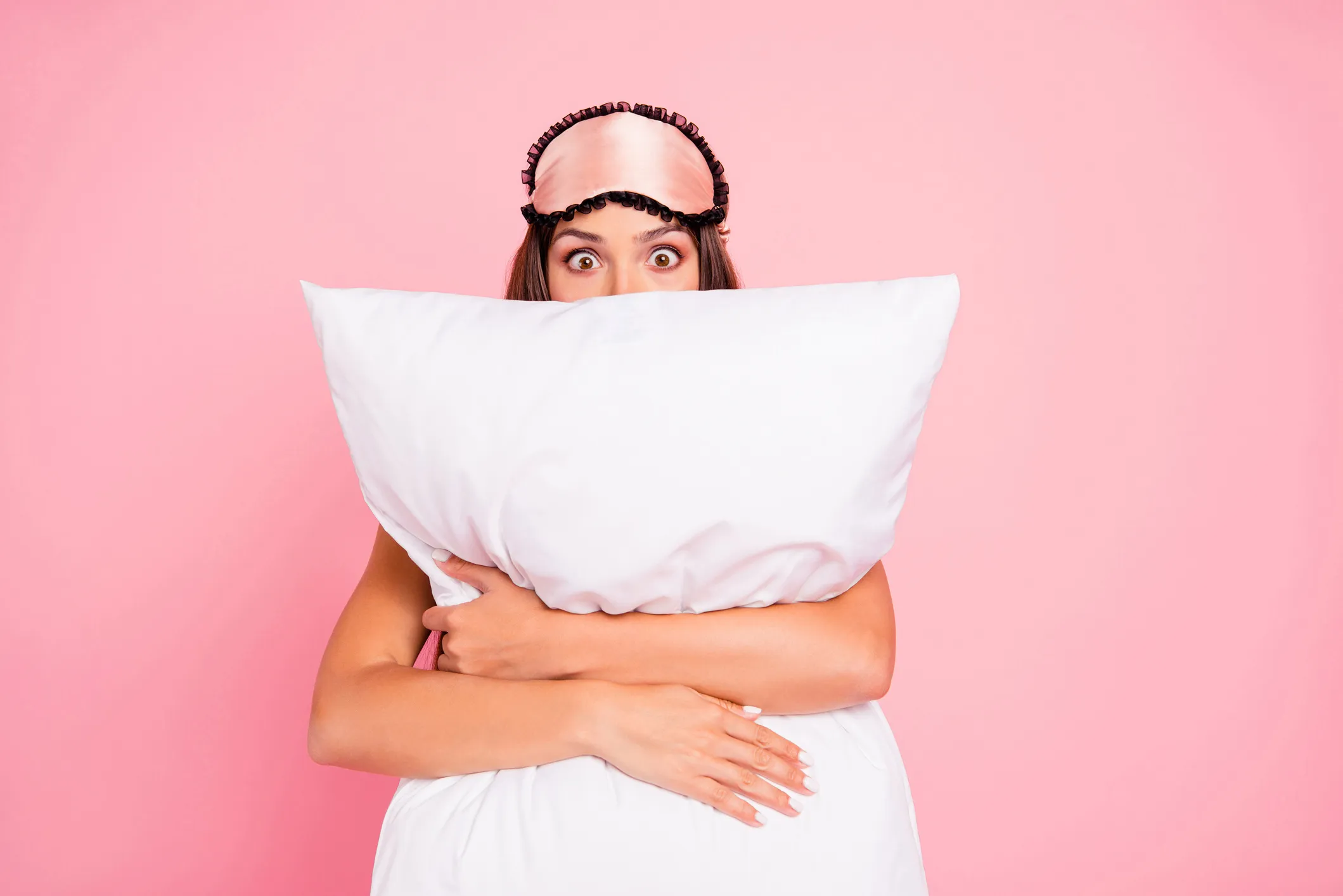

0 thoughts on “How Often Should You Change A Mop Head”